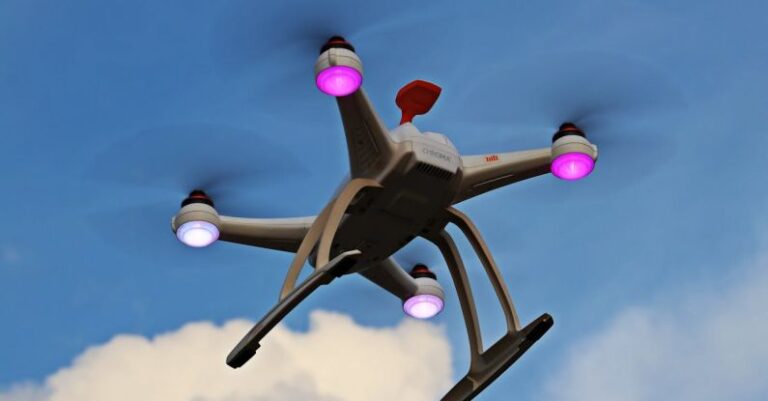
In a world facing the pressing challenge of climate change, the quest for sustainable solutions has become more urgent than ever. One of the key areas where innovation holds great promise is robotics. The integration of robotics technology in various industries has the potential to significantly reduce carbon footprints and drive towards a more environmentally friendly future.
Robotic Automation in Manufacturing
The manufacturing sector is a significant contributor to carbon emissions due to energy-intensive processes and high levels of waste production. However, the integration of robotics in manufacturing can lead to increased efficiency, reduced energy consumption, and minimized waste generation. Robots can perform tasks with precision and consistency, leading to fewer errors and less material wastage. Additionally, robotic automation can optimize production processes, leading to energy savings and reduced carbon emissions.
Robots in Agriculture
The agricultural sector is another industry where robotics innovation can play a crucial role in reducing carbon footprints. Traditional farming practices often involve the heavy use of fossil fuels, pesticides, and fertilizers, contributing to greenhouse gas emissions and environmental pollution. By introducing robots for tasks such as planting, weeding, and harvesting, farmers can reduce the need for chemical inputs and fuel consumption. Autonomous drones can also be used for monitoring crop health and optimizing irrigation practices, leading to more sustainable farming methods.
Robotic Solutions for Transportation
The transportation sector is a major contributor to carbon emissions globally, with vehicles powered by fossil fuels accounting for a significant portion of greenhouse gas emissions. The development of autonomous vehicles and drones powered by clean energy sources offers a promising solution to reduce carbon footprints in transportation. Electric and self-driving vehicles can lead to lower emissions compared to traditional combustion engine vehicles, while autonomous drones can be used for efficient and eco-friendly delivery services.
Robots for Energy Efficiency
Energy production and consumption are critical factors in the fight against climate change. By utilizing robotics for energy generation and distribution, significant improvements in energy efficiency can be achieved. Robots can be used for maintenance and inspection of renewable energy infrastructure such as solar panels and wind turbines, ensuring optimal performance and longevity. In the realm of smart grids, robots can help in managing energy flow and reducing energy losses, leading to a more sustainable and efficient energy system.
Challenges and Opportunities
While the potential of robotics in reducing carbon footprints is substantial, there are challenges that need to be addressed for widespread adoption. The high initial costs of robotics technology, the need for specialized skills in operating and maintaining robots, and concerns about job displacement are some of the obstacles that need to be overcome. However, with proper investment, training, and collaboration between industries, governments, and research institutions, the opportunities for leveraging robotics for environmental sustainability are immense.
In conclusion, the integration of robotics technology has the potential to play a pivotal role in reducing carbon footprints across various industries. From manufacturing and agriculture to transportation and energy, robots offer innovative solutions that can drive towards a more sustainable future. By overcoming challenges and seizing opportunities, the synergy between innovation in robotics and environmental sustainability can pave the way for a greener and more resilient world.





